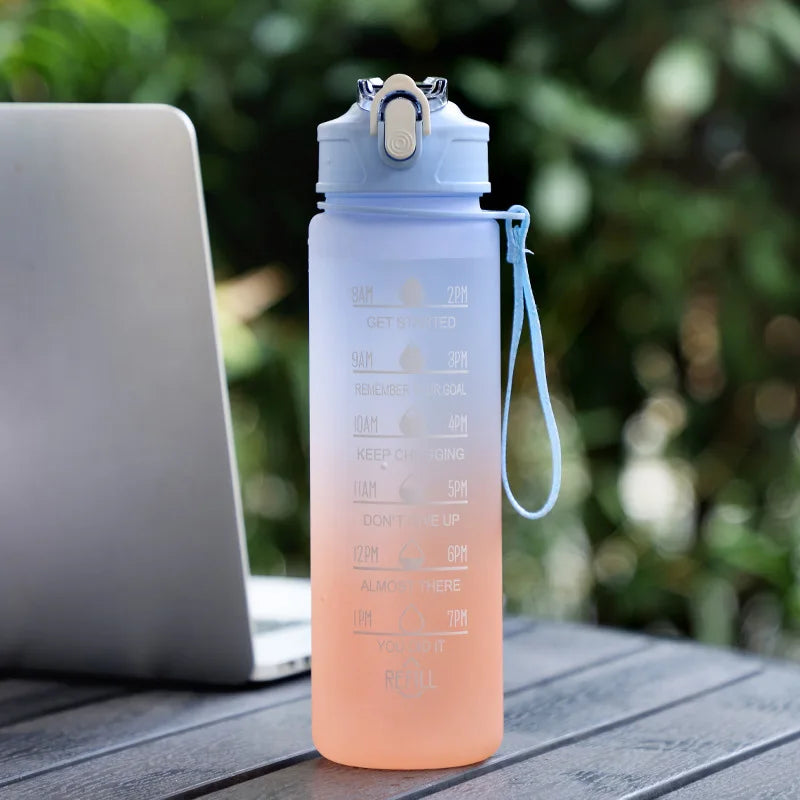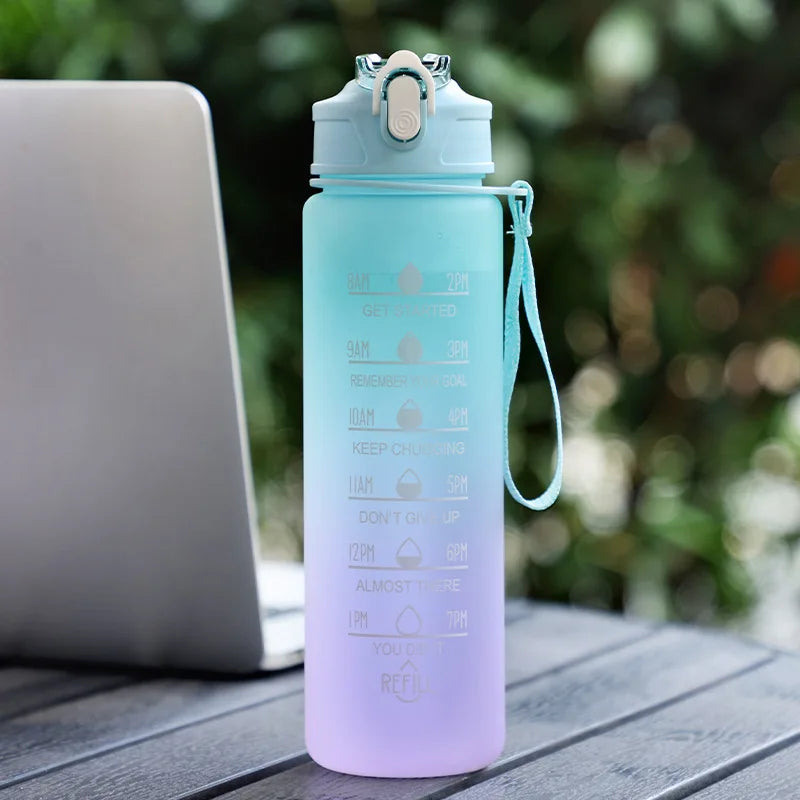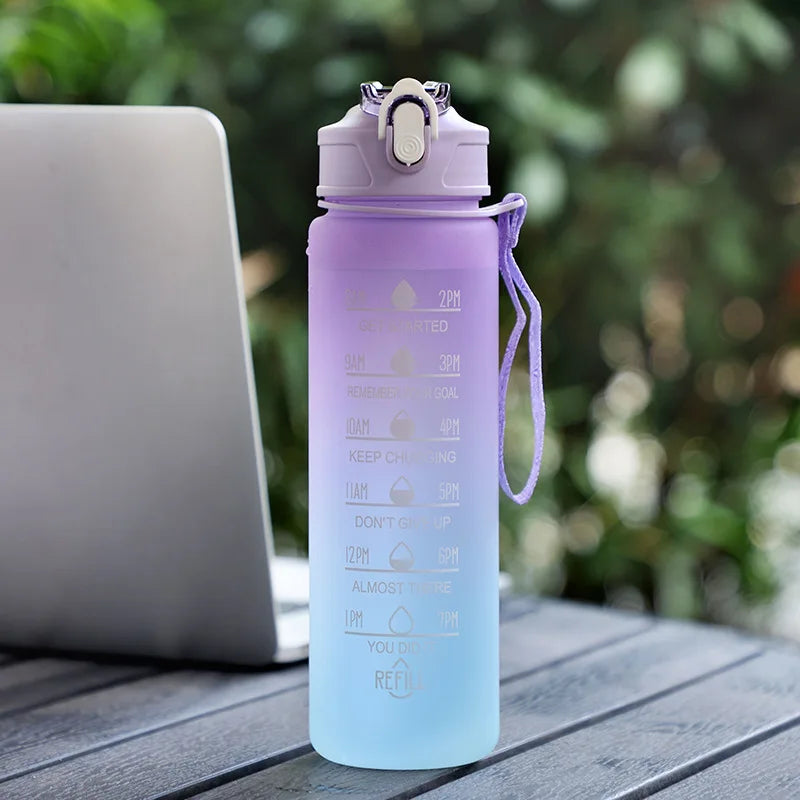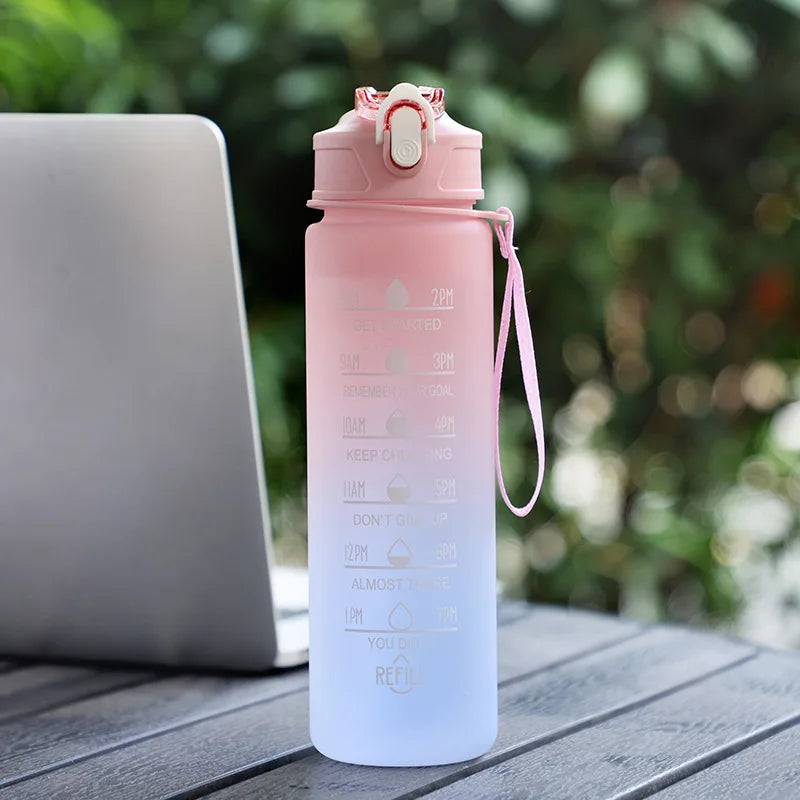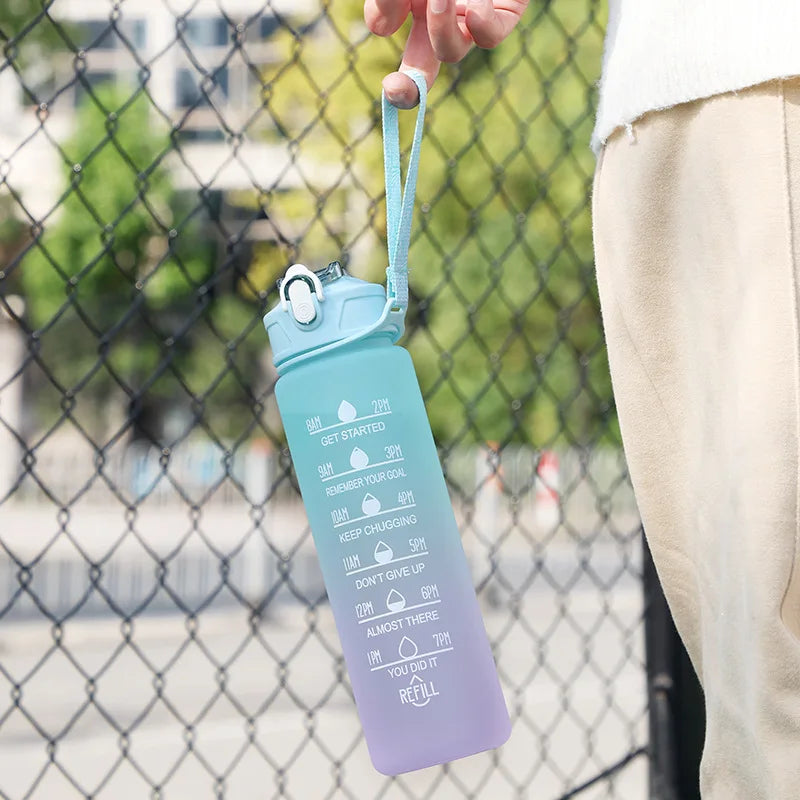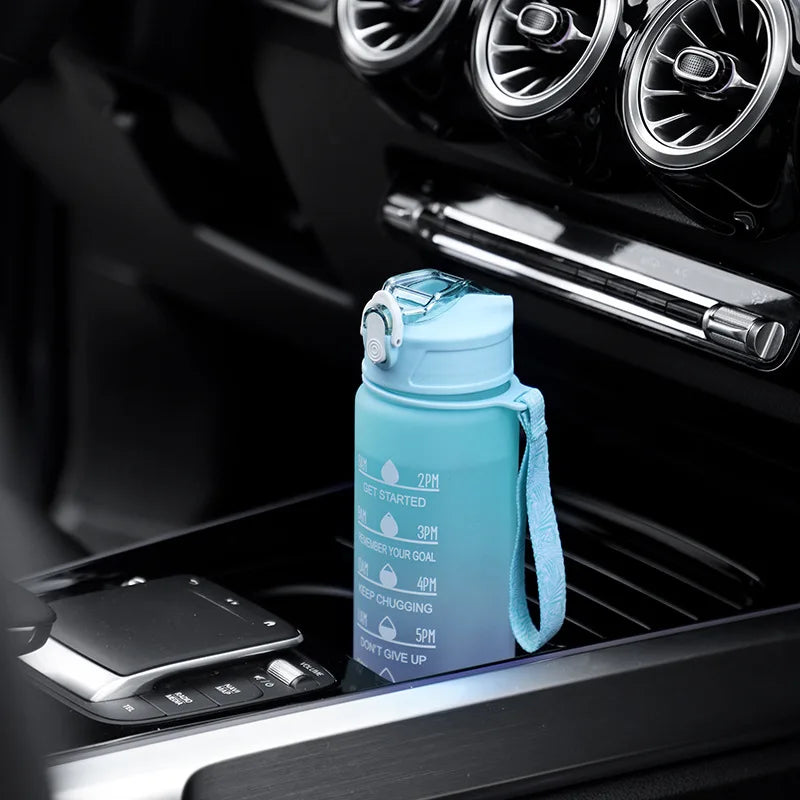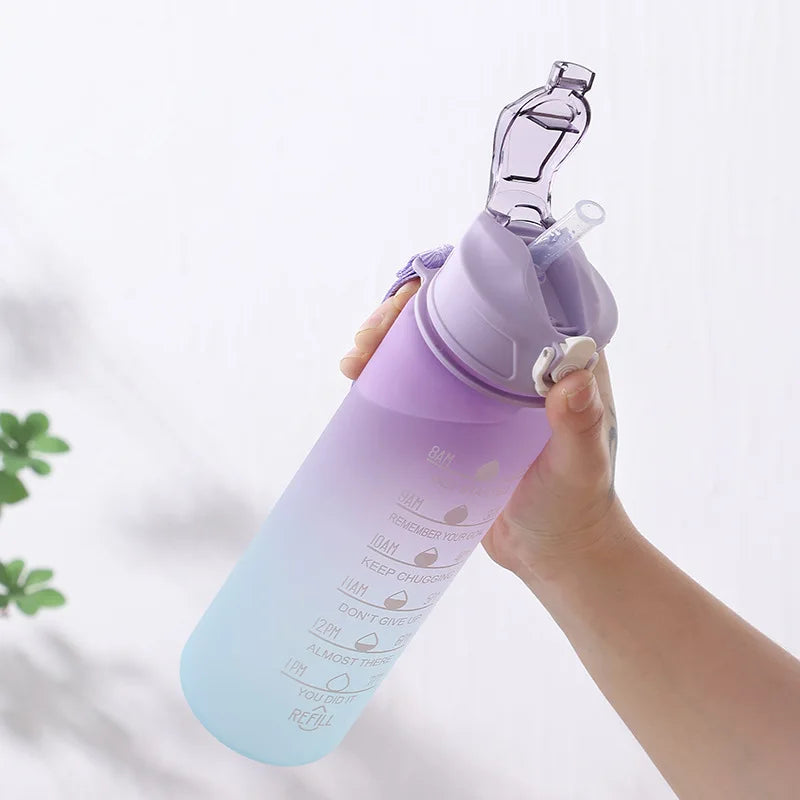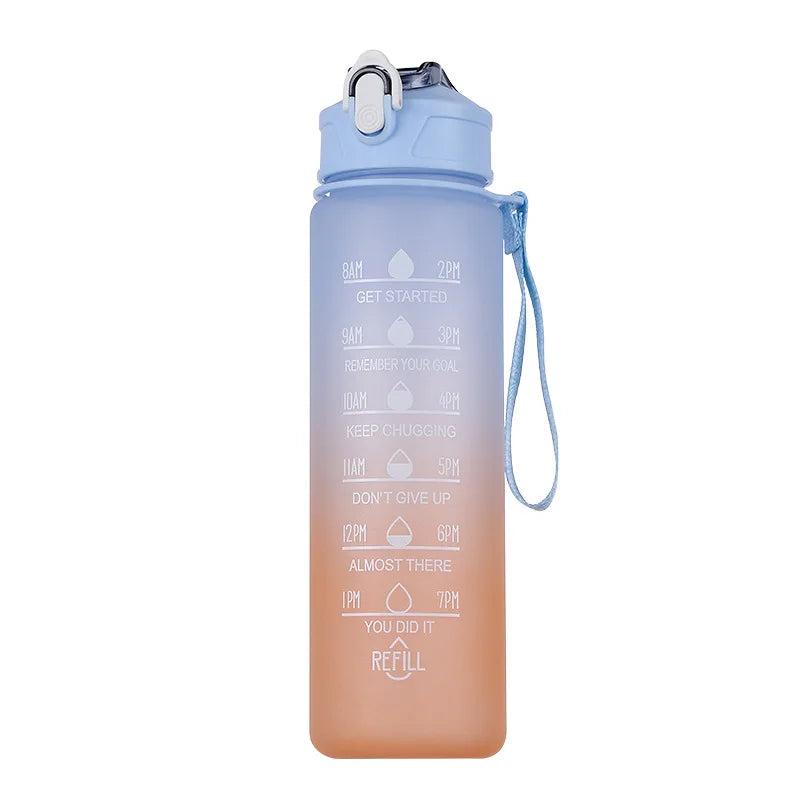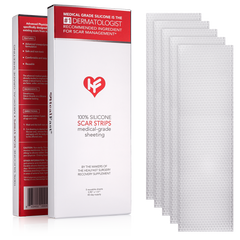How to Remove Silicone Scar Tape Residue Without Irritating Healing Skin?

Silicone scar tapes and sheets are some of the most effective, doctor-recommended options for minimizing hypertrophic scars, post-surgery scars, stretch marks, and keloids. They're soft, flexible, reusable, and safe for sensitive skin - when used correctly. But one common issue people face is the sticky residue left behind on the skin or tape over time.
Trying to rub or scrape off that residue can irritate healing skin, slow recovery, or even worsen scarring. If you’ve been wondering how to remove silicone scar tape residue without irritating the skin, you’re not alone. This guide will walk you through safe methods, care tips, and answer the most commonly searched questions.
Why Does Silicone Tape Leave Residue?
It’s common to notice a bit of sticky residue after removing silicone scar tape, and it’s perfectly normal. The tape uses a medical-grade silicone adhesive that softens with heat, sweat, and skin oils over time. As the adhesive wears down, small traces may stay on your skin or collect lint and dead skin cells.
This residue isn’t harmful, but if it’s rubbed off too forcefully, it can irritate healing skin and cause redness or dryness.
How to Remove Silicone Residue Safely?
Even after careful use, silicone tape can leave a thin layer of adhesive residue. Removing it the right way protects healing skin, prevents irritation, and keeps your scars healthy. Follow these simple steps to safely clean off silicone residue.
Step 1: Loosen the Edges Gently
Start by slowly lifting one corner of the silicone strip. Never pull it off quickly like a bandage. Support the skin with your other hand to reduce tension.
Step 2: Use Warm Water or a Damp Cloth
Dampen a cotton pad or soft cloth with warm (not hot) water and gently press it against the area. This helps soften any leftover adhesive.
Tip: You can also do removal after a shower when the skin is naturally hydrated.
Step 3: Peel Back Slowly, Not Upward
Instead of pulling the tape upward, peel it backward along the skin’s surface. This minimizes stress on healing tissue.
Step 4: Wipe Off Residue With Care
Use one of these options to remove leftover adhesive residue:
- Water and mild soap (1) (best for very fresh scars)
- Micellar water (gentle and alcohol-free)
- Coconut or mineral oil (only if skin isn’t freshly closed)
- Non-comedogenic baby oil
Caution: Avoid scrubbing, alcohol wipes, and adhesive removers with harsh solvents.
Best Ways to Prevent Sticky Residue from Silicone Scar Tape
Reducing adhesive buildup from the start makes removal easier and protects delicate healing skin. Follow these simple tips:
A. Apply to Clean, Dry Skin: Residue is more likely when the skin is oily, sweaty, or has lotion. Always clean and dry the area before applying the silicone tape.
B. Avoid Repositioning Too Often: Lifting and reapplying the scar tape weakens the adhesive, which can increase residue left behind.
C. Replace the Tape When Stickiness Fades: Worn-out strips don’t stick evenly and leave more adhesive on your skin.
D. Rotate Application Areas Gently: Moving the tape slightly between uses helps prevent irritation on sensitive healing zones.
What NOT to Use on Healing Skin?
Your scar is still remodeling beneath the surface, so it’s important to be cautious with anything that could irritate or damage it. Do not use products or tools meant to remove silicone residue without consulting your doctor, as these may harm delicate post-surgery skin. If the area around your scar becomes red, sore, or flaky after cleaning, allow it time to recover. Gently moisturize to support the healing process.
More Helpful Blogs:
How Inflammation Impacts Scar Maturation?
How do Silicone Gel and Sheets help Flatten Hypertrophic Scars?
How to Treat Itchy or Painful Scars After Pregnancy-Related Surgery?
How Long Should Silicone Tape Stay On?
For optimal results, silicone scar tape is generally worn for 12 to 24 hours a day. The exact wear time and cleaning routine depend on factors such as sweat levels, skin sensitivity, residue buildup, showering frequency, and daily movement or climate. If irritation occurs, reduce the wear time and ensure the skin is completely dry before reapplying to protect your healing scar.
Note: If you’re recovering from surgery and want to support scar healing, proper nutrition is essential. HealFast offers doctor-recommended surgery recovery supplements that provide key nutrients for faster internal healing. For visible improvement of scars, we also provide medical-grade silicone tapes and gels, so you can support both internal recovery and external scar care with trusted, professional products.
When Should You Stop Using Silicone Tape?
You can continue using silicone sheets or tape until:
-
The scar flattens and becomes lighter, which is the main goal of using the silicone tape.
-
The adhesive no longer sticks properly – indicating the tape is worn out.
-
You’ve completed 2–3 months of consistent use – older scars may take longer.
-
Your doctor suggests switching – sometimes a silicone gel or cream may be recommended for the next stage of healing.
- Excess residue builds up – if the tape leaves more residue than usual, it may be time to replace it.
Reference:
1. Greenberg, L. (n.d.). Silicone scar tape: helpful hints. Lauren Greenberg MD. https://laurengreenbergmd.com/body/silicone-scar-tape-helpful-hints/

- One of the most followed doctors online with 3.5+ million followers and 1 billion+ views in 2024 (Instagram, YouTube, TikTok, and Facebook)
- Board Certified Anesthesiologist and Clinical Assistant Professor who frequently teaches medical students, residents, and other physicians in medical school and hospital settings.
- Speaker and medical researcher having published 1 book, 3 book chapters, and over 57 scientific articles. Made over 100 presentations at national and international medical conferences on topics ranging from healthcare innovation, to nutrition, to patient safety.
- Serial entrepreneur having launched several healthcare companies with a track record of innovation within healthcare systems

Myro Figura, M.D.
- One of the most followed doctors online with 3.5+ million followers and 1 billion+ views in 2024 (Instagram, YouTube, TikTok, and Facebook)
- Board Certified Anesthesiologist and Clinical Assistant Professor who frequently teaches medical students, residents, and other physicians in medical school and hospital settings.
- Speaker and medical researcher having published 1 book, 3 book chapters, and over 57 scientific articles. Made over 100 presentations at national and international medical conferences on topics ranging from healthcare innovation, to nutrition, to patient safety.
- Serial entrepreneur having launched several healthcare companies with a track record of innovation within healthcare systems
Medical Grade Scar Sheeting: Tape
Advanced Physician-formulated non-invasive scar tape specifically designed to mitigate abnormal scar formation and manage existing...
$29.99
Shop NowOther helpful links
- How to Remove Silicone Scar Tape Residue Without Irritating Healing Skin?
- Why You Shouldn’t Skip Post-Op Follow-up Appointment (Even If You Feel Fine)
- How Inflammation Impacts Scar Maturation?
- Collagen vs. Collagen Peptides: Which Is Best for Scar Healing?
- How Does Dimethicone Help Heal and Protect Scars?
